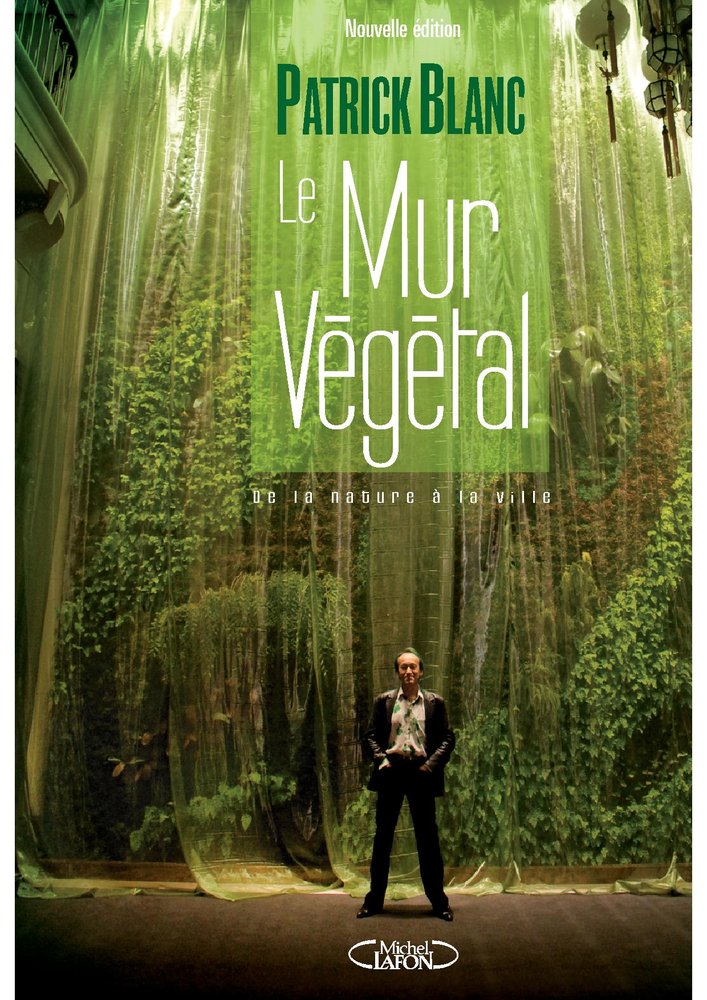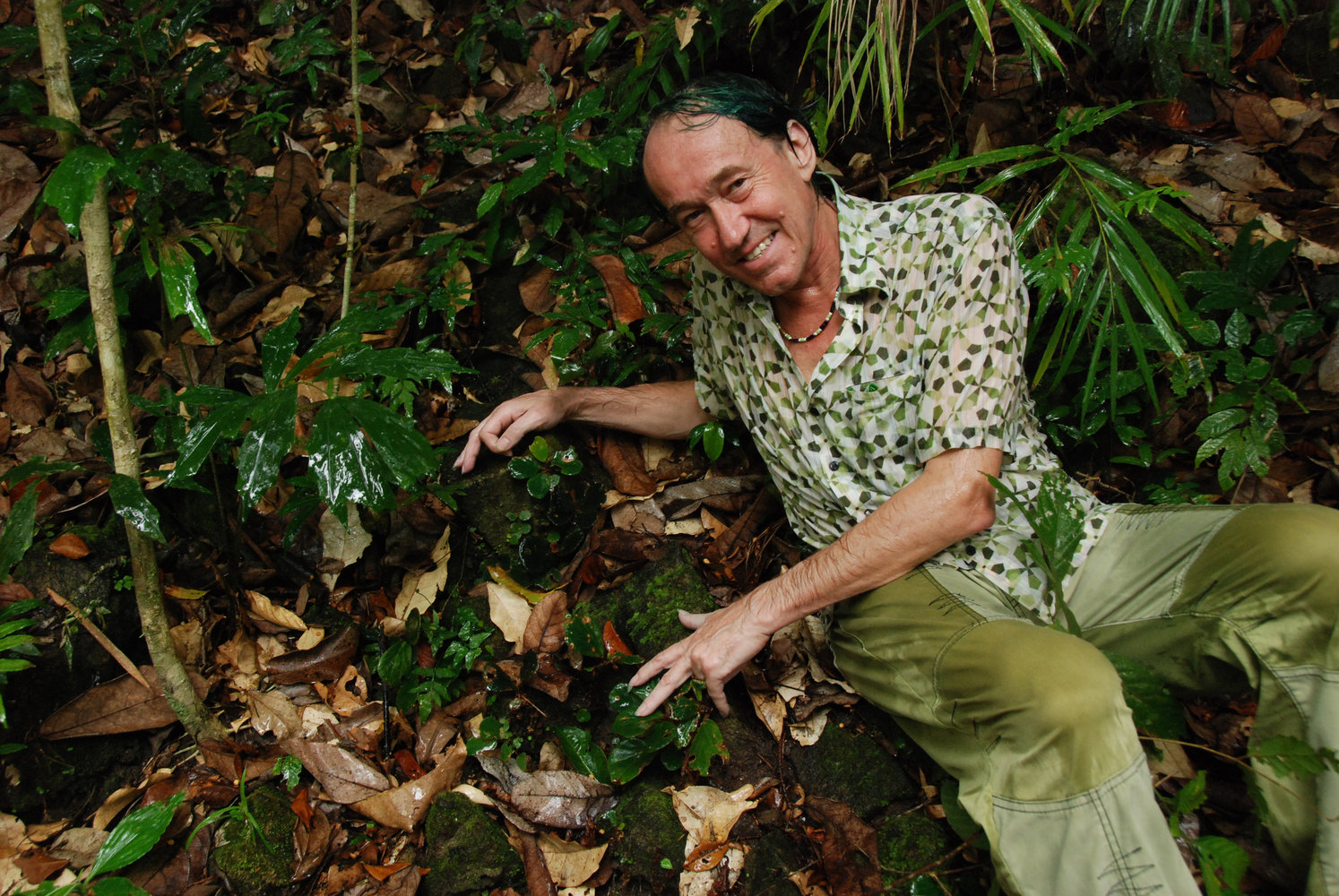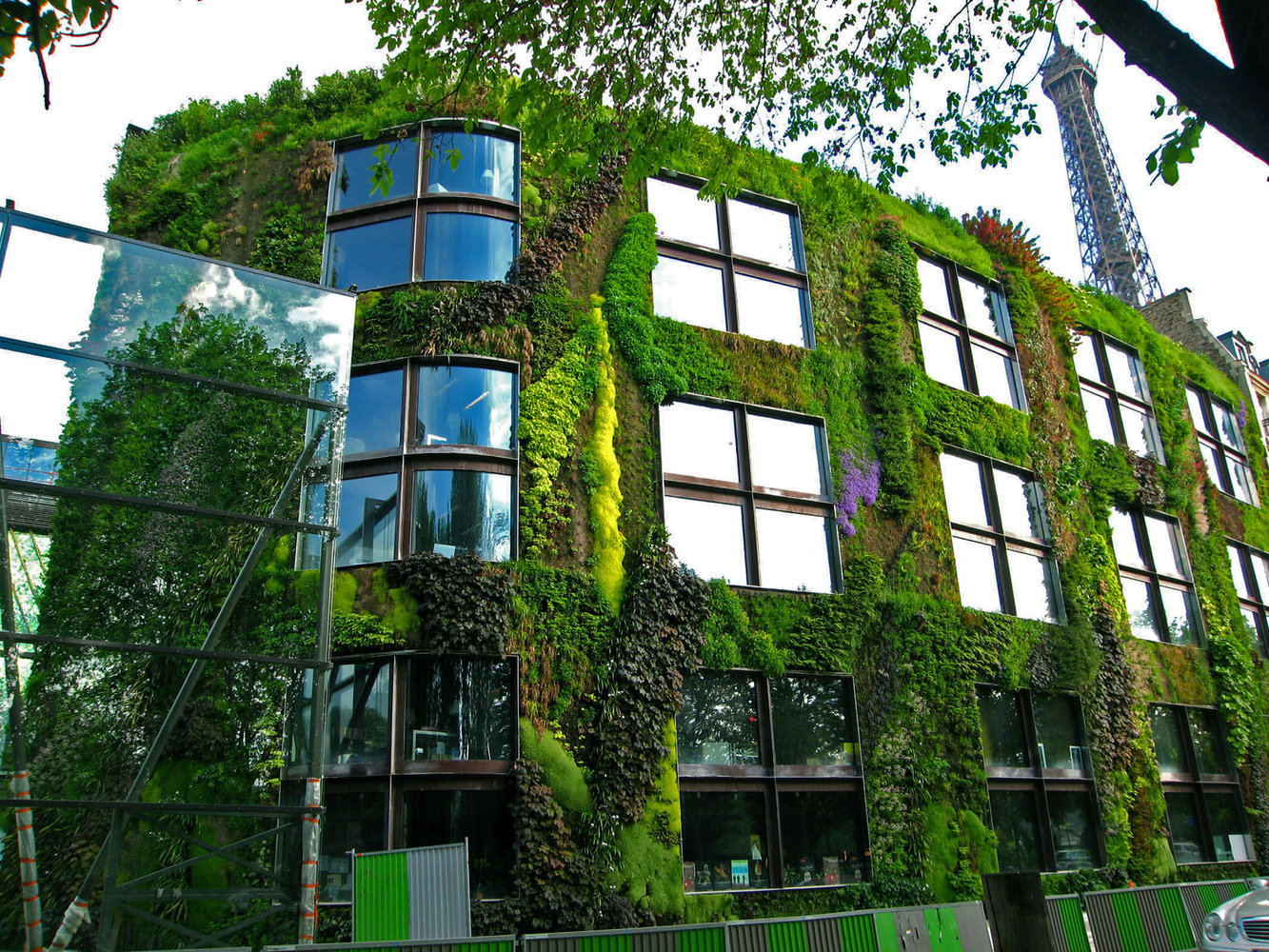There may come a time when there won’t be enough land for vegetation to grow upon. When we will have more buildings than trees and open tracts of green will be a fading memory. Look around you. It is already happening. The land feuds. The scramble to build more and more concrete jungles where an overture to a connection with nature comes in the form of a few flowering pots in the balcony.
**
In big cities like Mumbai, a tree outside your window is a luxury few can afford and even the Ambanis had to build a skyscraper to get an uninterrupted view of the ocean but we are digressing. The distressing fact is that Nature is fighting a losing battle to keep a semblance of balance as we mow down forests and green belts in the name of progress but around the world conscientious architects are trying to find ways to incorporate green elements in buildings so that we do not completely lose touch with our roots.
**
The idea of vertical green walls literally turns the idea of gardens on its head as a wall is used as a backdrop for vegetation. Soil and an integrated water delivery system are used to keep the idea flourishing and make a green statement unlike any other. These walls can be created within a building or outside as a facade, can be of varied sizes, can even be free standing.
Patrick Blanc, a French botanist is widely recognised as the “modern innovator of the green wall” but the earliest record of a vertical garden can be traced to Professor Stanley Hart White at the University of Illinois Urbana-Champaign in 1938. He is said to have patented the idea that first threw up a “Vegetation-Bearing Architectonic Structure and System” but it will not be far fetched to say that Blanc gave a modern twist to the idea and made it accessible. At first glance, the whole concept seems a bit too impractical but a closer study shows how such an idea can used even in homes and office spaces.
**
The idea that on a man made structure, the roots of the plants soak up enough nutrients to grow, that a closed circuit system provides both enough water and nutrition to the plants is nothing short of miraculous. The first man to get the hang of this idea, Stanley Hart White called this invention, “Botanical Bricks” and developed many versions on it in his backyard in Urbana, Illinois. Interestingly, White’s brother once wrote about this discovery to a relative, “Stan, by the way, has taken out a patent on an invention of his called ‘Botanical Bricks,’ which are simply plant units capable of being built up to any height, for quick landscape effects, the vertical surfaces covered with flowering vines, or the like..
He thinks that the idea has great possibilities for such things as world fairs, city yards, indoor gardens, and many other projects. I think perhaps he has got hold of something, and have written him for more information. He certainly deserves a break.” Blanc took the idea where White had wanted it to go with many new inventive techniques. French architect Jean Nouvel’s One Central Park residential tower in Sydney will celebrate the world’s tallest vertical garden helmed by Blanc who has been fine-tuning and reinventing the concept for the last 30 years and counting. Blanc has been working with Nouvel to put plants and vines up the 166-metre façade. It will be the tallest living wall in the world.
**
As the sprawl of green across the earth becomes scarce, maybe the way for us is towards the sky and create floating gardens that will defy gravity and remind us that while the worst amongst us violate the trust that the earth places in us, the best amongst us try to restore it anyway they can.
**
This story was earlier published in the student edition of The New Indian Express, Chennai
**
Reema Moudgil has been writing for magazines and newspapers on art, cinema, issues, architecture and more since 1994, is a mother, an RJ , an artist. She runs Unboxed Writers from a rickety computer , edited Chicken Soup for The Indian Woman’s soul, authored Perfect Eight and earns a lot of joy through her various roles and hopes that some day working for passion will pay in more ways than just one. And that one day she will finally be able to build a dream house, travel around the world and look back and say, “It was all worth it.”
If you like this, you might








